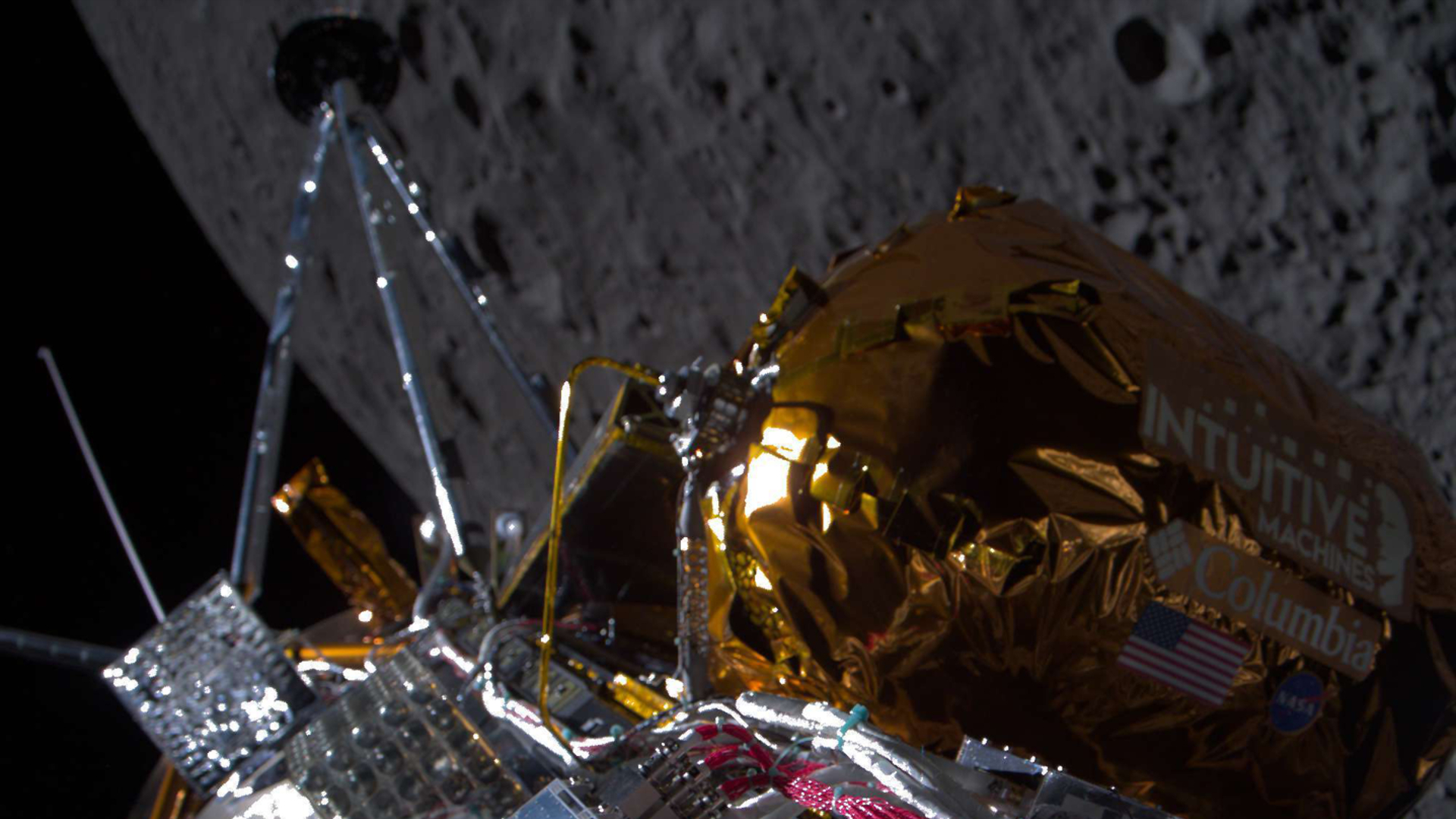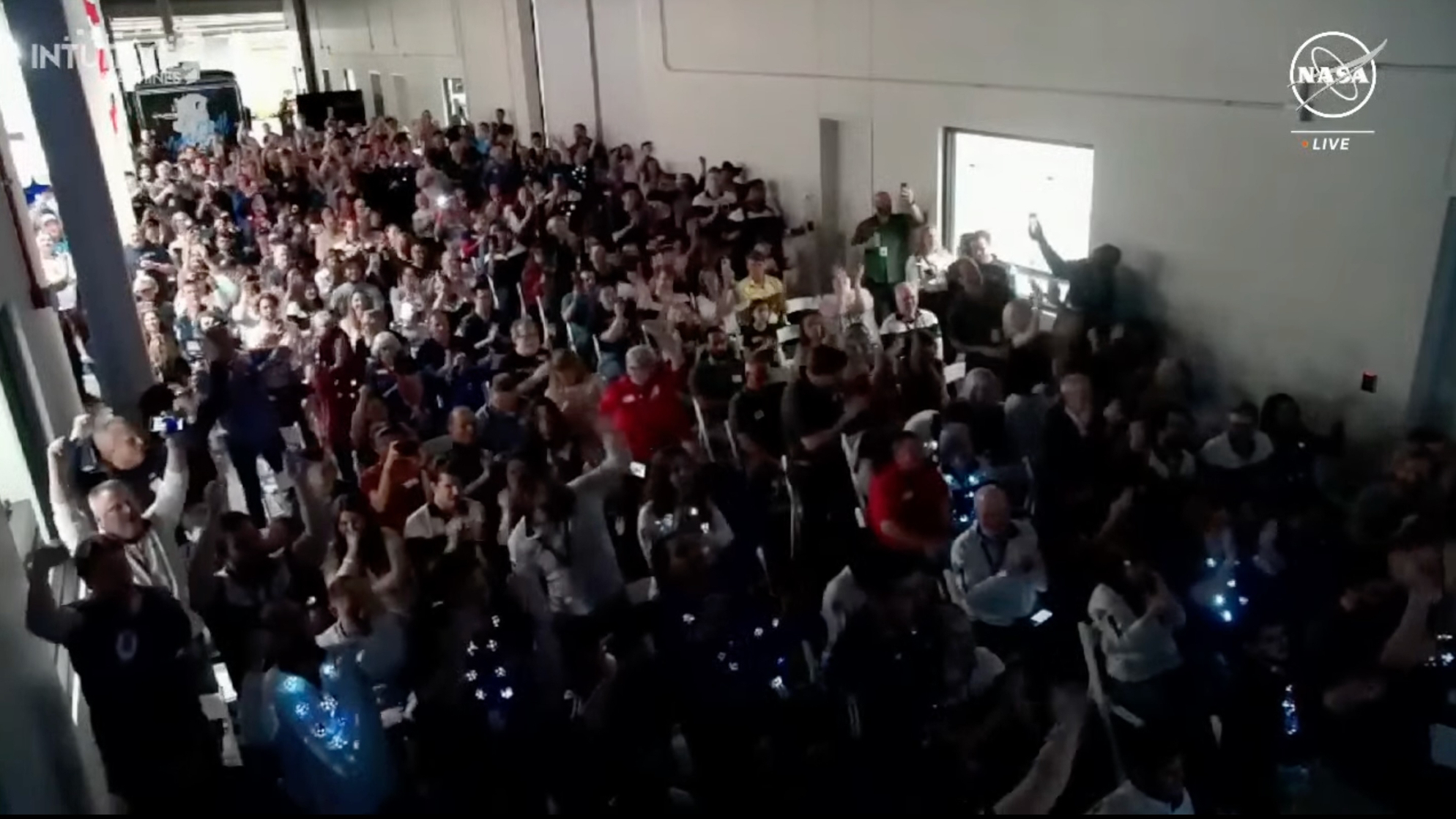
It was an exhilarating and momentous day on Feb. 22, when Intuitive Machines officially became the first private company to land a spacecraft on the moon. However, along with excitement, there was an air of drama and, honestly, confusion. At the time of presumed landing, mission control didn't cheer as is customary. The team started vigorously searching for proof that the lander, named Odysseus, was indeed alive on the lunar surface
Immediately after Odysseus' estimated landing time had passed, the primary worry was that it wasn't sending back a clear signal. And even when a signal was attained at last, it was a faint one.
But on Feb. 23, a day after the landing success, Intuitive Machines announced in an X post that "Odysseus is alive and well. Flight controllers are communicating and commanding the vehicle to download science data. The lander has good telemetry and solar charging."
It's pretty relieving to hear. In fact, tensions were already high prior to landing due to an unexpected blip in Odysseus' journey. Mission controllers had realized that the probe's laser rangefinders, which help it determine its speed and position, weren't working.
However, in an awfully cinematic twist, the team was able to get to work and repurpose one of Odysseus' payloads, known as the Navigation Doppler Lidar for Precise Velocity and Range Sensing, to assist with the descent. There are a total of 12 items on Odysseus including the NDL, ranging from hard science experiments like stereo cameras and a radio frequency mass gauge all the way to some fun stuff like Columbia Sportswear athletic gear and even an art installation.
Fortunately, the NDL ended up punching way above its weight. This device, the team knew, possesses light detection and ranging (LIDAR) capabilities. Sounds perfect for substituting in for the spacecraft's original sensors. This NDL switch is also why Intuitive Machines had to delay the landing time by two hours, ultimately seeing Odysseus reach the lunar surface at 6:23 p.m. EST rather than an initially proposed 4:24 p.m. EST.
Odysseus landed near the rim of the lunar crater Malapert A, which is about 190 miles (300 kilometers) from the moon's south pole. Here's more about the reasoning behind that landing site.

So, it's been a long and interesting saga for Odysseus — and there are undoubtedly more questions yet to be answered about how the spacecraft is settling into its new home on the moon. Intuitive Machines will be hosting a press conference at 5:00 p.m. EST today (Feb. 23) to say more about what mission control has learned since the craft's critical landing.
"We continue to learn more about the vehicle's specific information (Lat/Lon), overall health, and attitude (orientation)," the company wrote in the X post. "Intuitive Machines CEO Steve Altemus will participate in a press conference later today to discuss this historic moment."







